The 1933 Double Eagle – Numismatics’ Greatest Mystery
How a Coin Never Meant to Be Released Became the Most Controversial and Valuable U.S. Gold Coin of All Time

Imagine a coin so rare it defies logic—a $20 gold piece minted in the depths of the Great Depression, ordered destroyed by a presidential decree, yet somehow slipping into the shadows to ignite an 80-year saga of smuggling, lawsuits, and record-shattering auctions. The 1933 Saint-Gaudens Double Eagle isn’t just a coin; it’s numismatics’ greatest mystery—a gleaming outlaw that’s captivated collectors, sparked legal wars, and fetched a staggering $18.9 million in 2021, making it the most expensive coin ever sold. But how did a piece of metal, meant to vanish into molten oblivion, become the ultimate trophy of wealth and intrigue?
This isn’t just a story of rarity; it’s a saga of defiance, ambition, and survival. The 1933 Double Eagle was born at a time when gold was being stripped from American hands—FDR’s Gold Reserve Act of 1934 effectively outlawed the private possession of gold, sealing the fate of this ill-fated coin. Yet a handful miraculously escaped the melting pots of the U.S. Mint, slipping into private collections and triggering an intense legal battle that raged for decades. From royal vaults and FBI stings to courtroom showdowns, this coin’s journey is as remarkable as its value. It holds the unique distinction of being the only specimen legally authorized for private ownership by the U.S. government, a factor that only amplifies its prestige and demand.
At Global Coin, we’re drawn to these extraordinary stories—rarities that transcend mere metal to become historical artifacts and symbols of enduring wealth. Just as the 1933 Double Eagle captivates collectors, investment-grade coins like our MS70 Gold Eagles carry echoes of this mystique, offering collectors and investors access to a piece of history. Join us as we unravel the enigma of the 1933 Double Eagle—from its doomed birth to its record-breaking destiny—and discover why it remains the holy grail of numismatics.
The Birth of the 1933 Double Eagle

The Double Eagle series was already a masterpiece before 1933 hit. Designed by sculptor Augustus Saint-Gaudens in 1907 at Teddy Roosevelt’s behest, these $20 gold coins were art in motion—Lady Liberty striding forward, torch and olive branch in hand, an eagle soaring against a radiant sun on the reverse. Hailed as America’s most beautiful coin, they carried 0.9675 ounces of gold and a promise of prosperity—until the Great Depression crashed that dream. By 1933, banks were failing, unemployment soared to 25%, and President Franklin D. Roosevelt faced a nation on its knees.
On April 5, 1933, FDR issued Executive Order 6102, banning private gold ownership to stop hoarding and stabilize the dollar. Americans surrendered their gold coins and bullion—$100 million poured into the Treasury by year’s end. The Philadelphia Mint struck 445,500 Double Eagles that spring, gleaming with Saint-Gaudens’ design, but FDR’s order canceled their release. By December, Treasury Secretary William Woodin ordered them melted—vaults of shimmering gold reduced to ingots at Fort Knox. Yet, amid this chaos, a few slipped through the cracks, sparking a mystery that’s baffled numismatists ever since. Coin World has detailed these unique errors and historical anecdotes, providing exclusive insights and analyses.
Historical Snap: The 1933 mint run was routine—two dies churned out coins from March 15 to May 19—until the order turned them into forbidden fruit.
The Double Eagle’s birth was a casualty of crisis, but its escape turned tragedy into triumph. Global Coin’s graded coins -carries on this legacy of beauty and resilience, minus the legal baggage.
History and Production – The Origins of a Numismatic Legend
The 1933 Double Eagle, a gold coin of unparalleled significance, has a rich history that spans over a century. Its origins date back to the early 20th century, when President Theodore Roosevelt sought to revamp the United States’ coinage system, which he believed lacked artistic merit. In 1904, Roosevelt commissioned renowned sculptor Augustus Saint-Gaudens to redesign the $10 Eagle and $20 Double Eagle coins. Saint-Gaudens’ vision for the Double Eagle featured a majestic striding Liberty figure, which would become an iconic symbol of American numismatics.
The United States Mint, under the guidance of Mint Director Frank Leach, began producing the new Double Eagle design in 1907. The coin’s production was marked by a series of trials and errors, with several design modifications and minting techniques being tested. The Philadelphia Mint, in particular, played a crucial role in the coin’s production, with many of the Double Eagles being minted there.
In 1933, the United States Mint produced 445,500 Double Eagles, but none of them were officially circulated. Instead, they were melted down and converted into gold bars, as part of President Franklin D. Roosevelt’s Executive Order 6102, which effectively took the United States off the gold standard. However, a small number of Double Eagles managed to escape the melting pot, and these coins would go on to become some of the most valuable and sought-after numismatic treasures in the world.
Today, the 1933 Double Eagle is considered a national treasure, with only two coins intentionally spared and housed in the National Numismatic Collection. The coin’s rarity and historical significance have made it a holy grail for collectors and numismatists, with many considering it the ultimate prize in the world of coin collecting. The Double Eagle’s legacy continues to captivate the numismatic community, with its story serving as a testament to the power of art, history, and the enduring allure of gold coins.
The Great Escape – How the 1933 Double Eagles Vanished from the United States Mint
How do 445,500 coins vanish into molten slag—yet a handful survive? The 1933 Double Eagle’s “great escape” is numismatics’ juiciest whodunit. By late 1933, the Philadelphia Mint’s furnaces roared, melting the year’s run into bars—except for two kept for the Smithsonian. Treasury logs show none were released, yet by 1937, a trickle appeared in private hands. Suspicion fell on George McCann, a Mint cashier from 1928-1938 with access to the vault. Historians speculate he swapped 1933s for earlier Double Eagles, pocketing the forbidden ones—20 surfaced over decades, though proof remains elusive.
Mint officials claimed all privately held 1933 Double Eagles, except for the King Farouk specimen, were considered stolen government property, as the coins were never monetized through official channels and thus deemed chattel.
For years, these coins circulated quietly among collectors—whispered trades at coin shows, discreet sales in backrooms. That changed in 1944 when the U.S. Secret Service launched a crackdown, declaring them stolen government property. Agents seized nine from collectors like T. James Clarke, melting them down in 1952—a numismatic purge. Collectors hid the rest, fearing raids, but the hunt never stopped. The Secret Service’s 1944 memo—“illegal to own”—set off decades of legal battles, turning the Double Eagle into a numismatic outlaw.
Intrigue Alert: A 1937 assay kept two coins—did McCann sneak more? The Mint’s lax 1930s security fuels the theory.
This escape turned a coin into a fugitive—each survivor a testament to human daring. Global Coin’s legal rarities—like MS70 gold—offer this thrill without the risk.
Investment Insight: Controversy can forge value—outlaw status makes the 1933 a collector’s rebel dream.
The King Farouk Connection – A Coin Fit for Royalty

One 1933 Double Eagle dodged the Secret Service legally—exported to Egypt’s King Farouk, a numismatic titan with an 8,500-piece hoard. In February 1944, Farouk’s agent, coin dealer F.B. King, secured an export license from the Treasury—claiming it as a “collection piece”—days before the Secret Service clamped down. Farouk, crowned at 16 in 1936, was a playboy monarch whose Cairo palace brimmed with gold sovereigns, Ottoman dinars, and now this $20 outlaw. His Double Eagle gleamed—MS65, flawless—until his 1952 overthrow scattered his treasures.
Royal Drama: Auctioned in 1954 as “Property of the Former King,” it vanished—smuggled out, hidden, or lost in the chaos of Egypt’s revolution.
Farouk’s coin resurfaced decades later, its royal past a golden thread in its saga. The Treasury tried to reclaim it in 1944—Farouk ignored them—but its legal export shielded it until fate intervened. The United States government made several attempts to recover the coin from King Farouk, asserting its legal ownership. This provenance—tied to a king’s fall—adds layers of prestige, a tale Global Coin’s graded rarities—like MS65 Double Eagles—echo without the palace intrigue.
Investment Insight: Provenance pumps value—Farouk’s royal touch doubled its allure, a lesson in ownership’s magic.
The FBI Sting and the $7.6 Million Auction Sale

The Langbord Hoard – A Family vs. the U.S. Government
In 2003, the plot thickened—Joan Langbord, a Philadelphia jeweler’s daughter, found ten more 1933 Double Eagles in a family safe deposit box. Her father? Israel Switt, a Philadelphia jeweler, long suspected of the original smuggling and involved in the illicit sale and circulation of the 1933 Double Eagle coins. Langbord’s siblings—Roy and David—joined her to authenticate them with the Mint in 2004, hoping to cash in. Instead, the Secret Service seized them, claiming theft—Switt had no export license. The Langbords sued, arguing the coins were legally hers—FDR’s order didn’t ban mint swaps, they said.
A decade-long battle ensued—2011 trial, 2012 forfeiture, 2016 appeal—all lost. Experts graded them MS60-MS65, worth $80 million+, but the U.S. won, locking them in Fort Knox. Switt’s 1944 admission—“I got some from the Mint”—sealed their fate. The Langbords got nothing, but their hoard reignited the mystery.
Legal Drama: The Mint tested them—same dies as Farouk’s—proving Switt’s hand, yet sparking “what if” debates.
This clash shows risk and reward—Global Coin’s legal rarities sidestep such battles, offering history without handcuffs.
Investment Insight: Controversy cuts both ways—legal risks can sink rewards, but rarity still tempts.
Rarity and Scarcity – The Elusive Nature of the 1933 Double Eagle
The 1933 Double Eagle is one of the rarest and most elusive gold coins in the world. With only 445,500 specimens minted in 1933, the coin’s scarcity is further exacerbated by the fact that none of the coins were officially circulated. The United States Mint’s decision to melt down the majority of the coins, coupled with the subsequent legislative actions, has made the 1933 Double Eagle a highly sought-after treasure among collectors and numismatists.
The coin’s rarity is also attributed to its unique history, which involves a complex web of events, including the Great Depression, the Gold Reserve Act, and the Executive Order 6102. The coin’s value transcends its weight in gold, embodying a rich narrative of history, rarity, and exclusivity. As a result, the 1933 Double Eagle has become a symbol of American artistry and history, making it a highly coveted collectible treasure.
The $18.9 Million Sale – The Most Expensive Coin in History

On June 8, 2021, the Farouk 1933 Double Eagle—now Stuart Weitzman’s—hit Sotheby’s block and rewrote history. After his 2002 win, Weitzman, the shoe designer-turned-collector, held it with two other rarities (a 1894-S dime, a unique stamp). Bidding soared—$12 million in minutes—landing at $18.9 million, shattering the prior $7.59M record. Why? Rarity (one legal coin), legal triumph, and Farouk’s mystique. Weitzman’s sale—$30M total for his trio—cemented its throne as numismatics’ priciest king.
Big Reveal: The buyer? Unknown—rumors point to a Middle Eastern royal or U.S. hedge fund titan.
This sale proves the Double Eagle’s allure—scarcity, saga, and prestige in one. Global Coin’s MS70 gold—like Double Eagles—offers this thrill at a fraction of the price, no auction frenzy needed.
Investment Insight: Rarity, legality, and fame drive astronomical value—the 1933 is numismatics’ gold standard.
Preservation and Display – Safeguarding a Numismatic Treasure for the Numismatic Community

The preservation and display of the 1933 Double Eagle require utmost care and attention to detail. As a highly valuable and rare gold coin, it is essential to safeguard it from damage, theft, and deterioration. The United States Mint and the National Numismatic Collection have taken extensive measures to preserve the coin’s integrity, including storing it in a secure bullion depository and displaying it in a controlled environment.
Private collectors, such as Stuart Weitzman, have also taken steps to preserve the coin’s condition, including storing it in a secure location and displaying it in a specially designed case. The coin’s preservation is not only important for its monetary value but also for its historical significance and artistic merit.
In addition to preservation, the display of the 1933 Double Eagle is also crucial. The coin has been exhibited at various numismatic events and institutions, including the Federal Reserve Bank of New York and the American Numismatic Society. These exhibitions have not only showcased the coin’s beauty but also provided an opportunity for the numismatic community to appreciate its historical significance.
The verification and authentication of the 1933 Double Eagle are also essential aspects of its preservation and display. The coin’s authenticity has been verified by various experts, including the Professional Coin Grading Service (PCGS) and the Certified Acceptance Corporation (CAC). The coin’s provenance, including its ownership history and exhibition record, has also been extensively documented.
In conclusion, the preservation and display of the 1933 Double Eagle require a deep understanding of its historical significance, artistic merit, and numismatic value. By taking the necessary steps to safeguard this numismatic treasure, we can ensure its integrity and beauty are preserved for generations to come.
Conclusion: The Legacy of the 1933 Double Eagle
The 1933 Double Eagle isn’t just a coin—it’s a symbol of intrigue, history, and wealth that defies time. Born in crisis, lost to a ban, reborn through smuggling, royalty, stings, and courtroom wars, it’s survived it all to claim an $18.9 million crown. Its unparalleled mystique—fewer than 20 exist, most locked away—makes it the ultimate numismatic trophy, a tale of rebellion and redemption collectors chase like buried treasure. From Farouk’s palace to Weitzman’s vault, it’s a legacy forged in gold.
At Global Coin, we’re inspired by these stories—our rare, investment-grade coins, like MS70 Gold Eagles, carry this same historical weight, accessible to all. The 1933 Double Eagle proves coins are more than metal—they’re history you can hold, wealth you can build. Explore our exclusive selection of rare and historically significant coins today—your own numismatic legend starts here.
Call to Action: Ready to own a piece of history? Dive into Global Coin’s rarities—your legacy awaits.


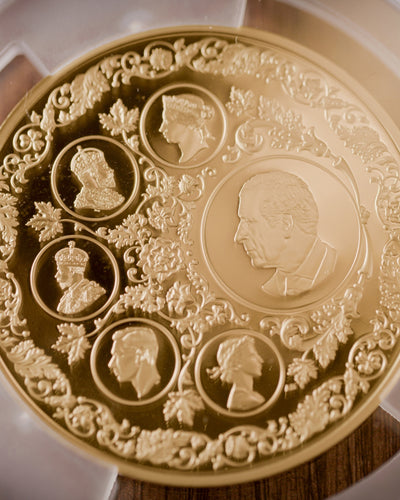
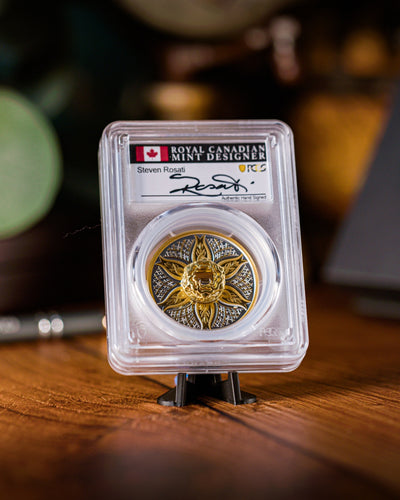
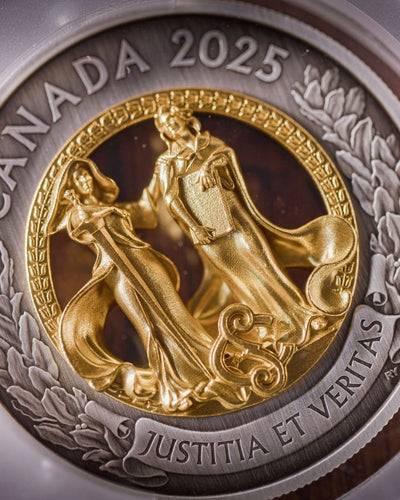
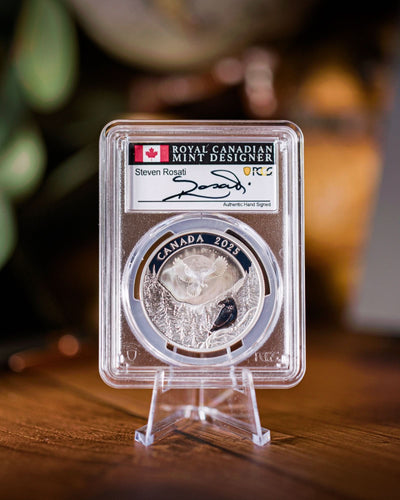
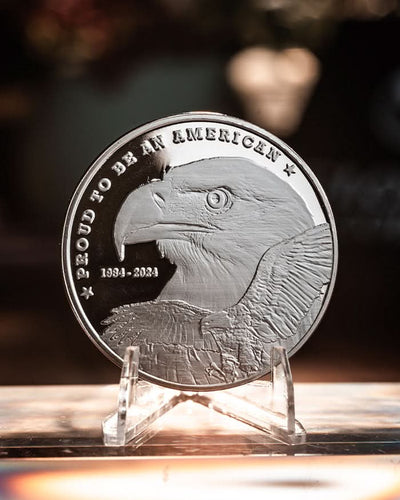
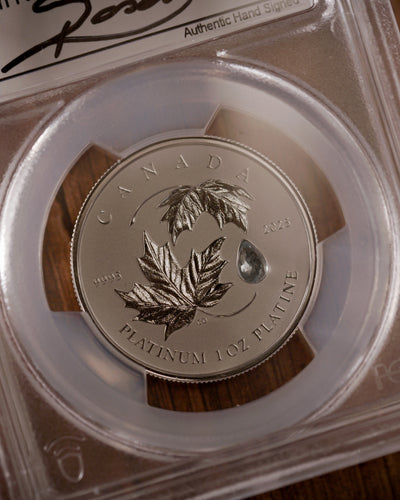
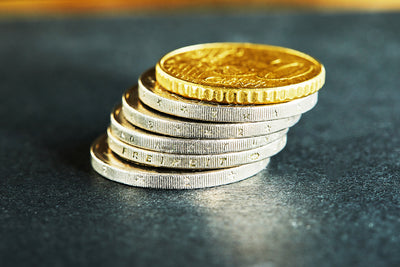


Leave a comment
This site is protected by hCaptcha and the hCaptcha Privacy Policy and Terms of Service apply.